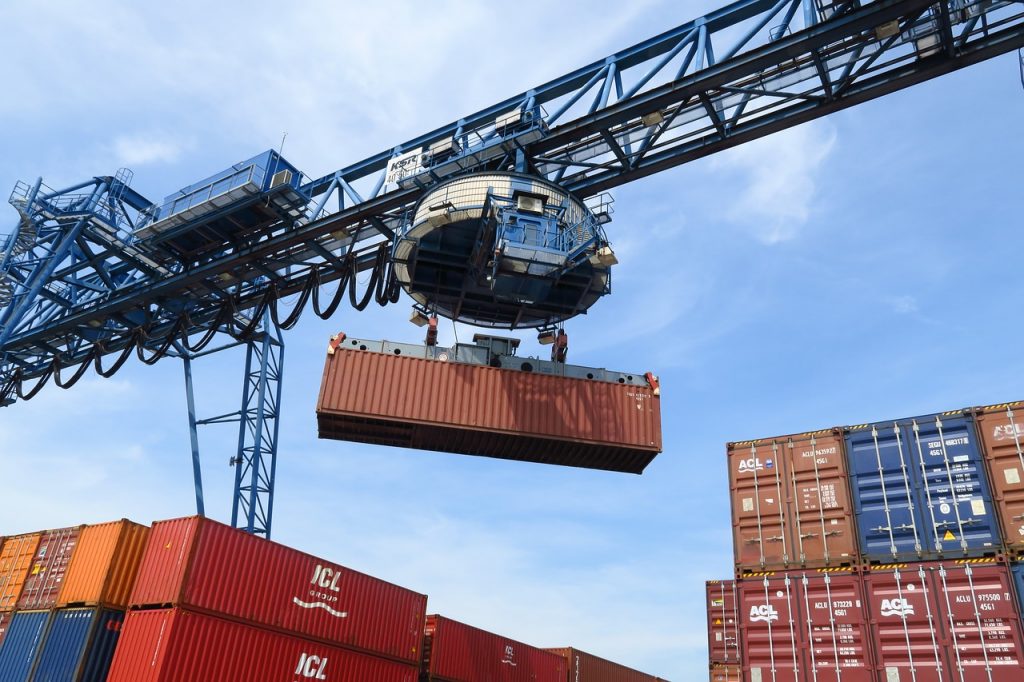The ocean freight industry is (in)famous for its paperwork. Getting to know all of them is tedious enough — getting them right is a task in itself. Any seemingly innocuous error can cause problems and delays that may severely disrupt your supply chain.
By and large, many of these documents contain the same information — buyer, seller, merchandise details, etc. But each document plays a different role and it’s important to not only make sure that the information written on each document is accurate but that it’s consistent across all the documents.
Here are the top 5 ocean freight documents all shippers should be familiar with and how they differ from one another:
1. Bill of Lading
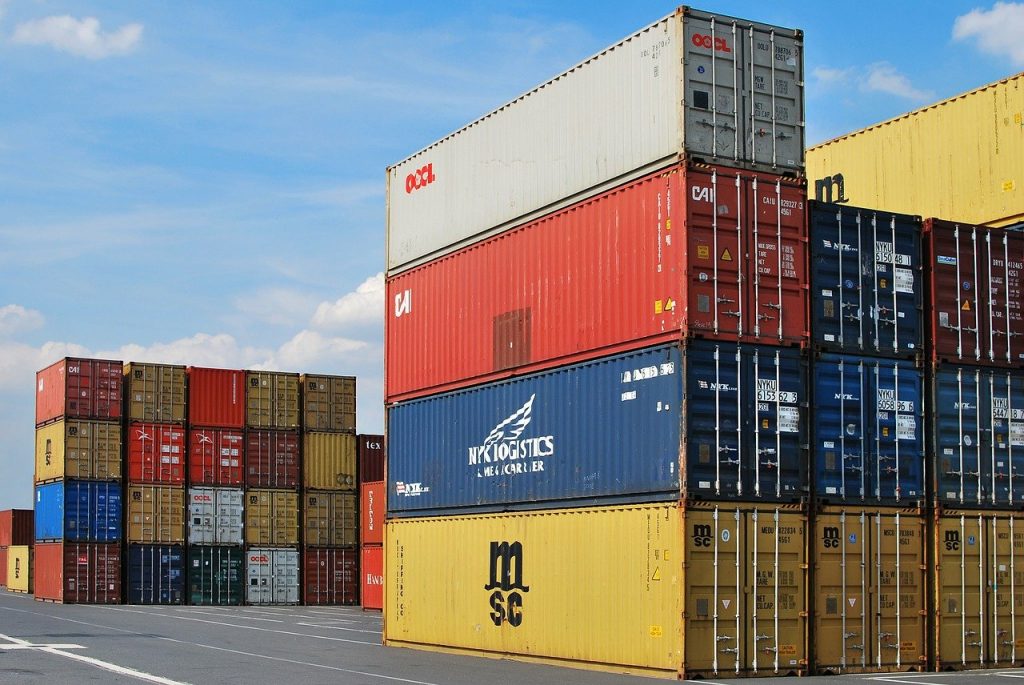
If there were only one shipping document you need to know like the back of your palm, the Bill of Lading would be it.
The Bill of Lading, also known as B/L, is a contract of carriage between the shipping line and the cargo owner. It’s a document issued by the carrier to acknowledge your cargo’s receipt for shipment on board their vessels.
The importer and exporter information needs to be clearly listed as the B/L acts as proof of ownership of the goods being shipped on the vessel. Information on the B/L should also correctly reflect the conditions of the Incoterm under which the transaction is being carried out.
Once the cargo arrives at the destination, the B/L needs to be presented for the carrier to release the cargo, after which it serves as a shipment receipt.
If you’ve booked your shipment with a freight forwarder, you may come across the two different Bill of Ladings: the House B/L and the Master B/L.
Depending on your working relationship with your importer, you may prefer to work with either the Express Release or Telex Release, both of which are variations of the Bill of Lading.
2. Packing List
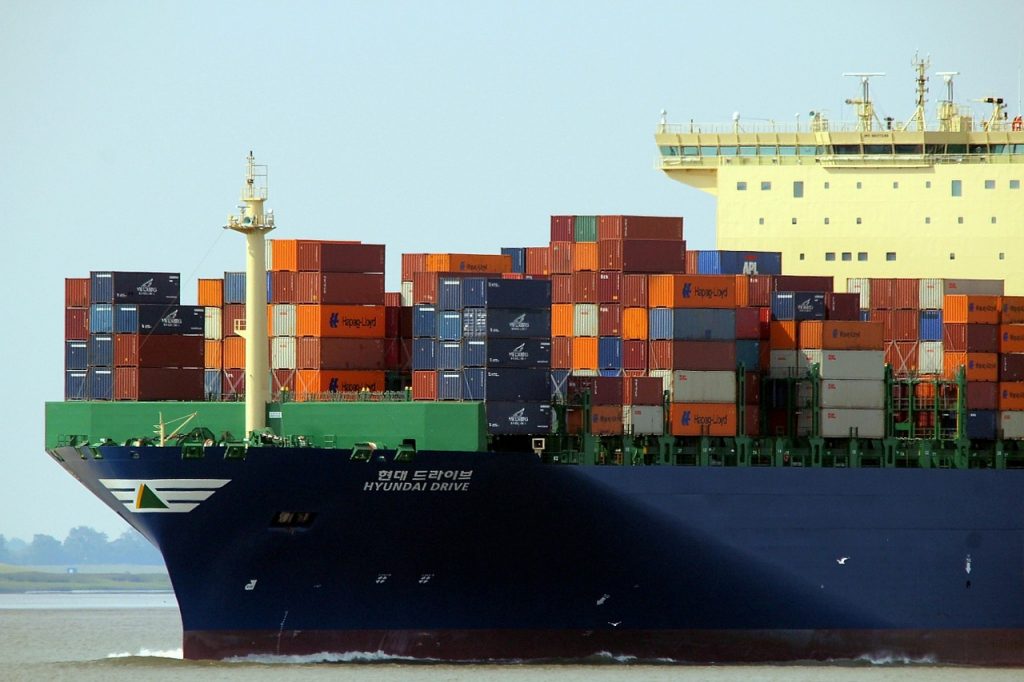
Like the Bill of Lading, the packing list is a mandatory document in shipping merchandise via ocean freight. It lists, down to the tiniest of details, information regarding the cargo. This includes weight, volume, and value of not only the overall cargo but also each individual box.
The packing list informs your freight forwarder, importer, customs office, and carrier, of the goods you’re sending without physically verifying the contents. In the event customs decide to inspect your shipment, the packing list serves to facilitate the process by helping to identify the box or item that raised the alarm. This saves time and reduces the risk of damage to your cargo by avoiding the need to open every single box in your shipment.
It’s extremely important to get your packing list right and that the information listed is as accurate as possible as this may be used to generate the Bill of Lading. That said, the information (piece count, weight, etc.) on your packing list must match that of your Bill of Lading as both documents are needed for customs clearance in most countries.
3. Commercial Invoice
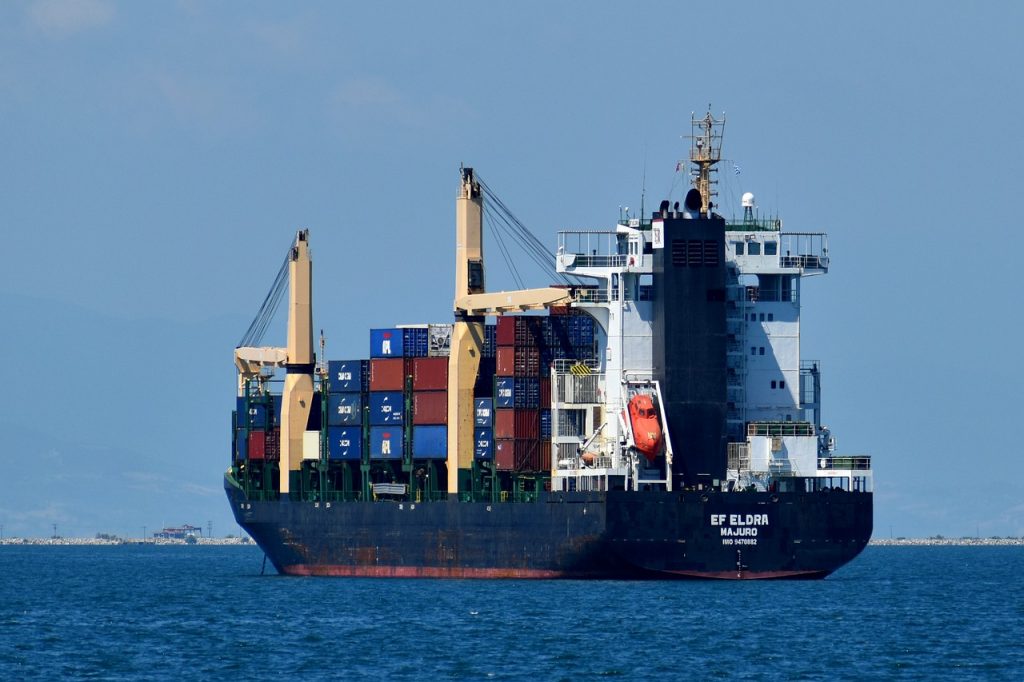
Any international transaction that involves importing/exporting goods must come with a proof of sale known as the commercial invoice. In large part, it’s similar to a standard invoice. But unlike a standard invoice, it includes details regarding the freight shipment for customs clearance purposes and is one of the most important documents in ocean freight shipping. Detailed information of all parties involved, including the importer, exporter, freight forwarder, banks, shipping lines, etc., must be properly listed on the commercial invoice.
Even though the information listed on the commercial invoice may be very similar to that of the packing list, you’ll still need to submit both documents, and the information on both must correspond. Please do not confuse the two as they serve different purposes.
The commercial invoice is a legal document that lists the goods being sold and their sale price — i.e., what the importer has agreed to pay in exchange for these goods, and is sent to the party who’s paying for the goods. As mentioned earlier, a packing list details the items in a shipment and acts as proof in the event of disputes and claims and is sent to the receiver of the goods.
4. Certificate of Origin
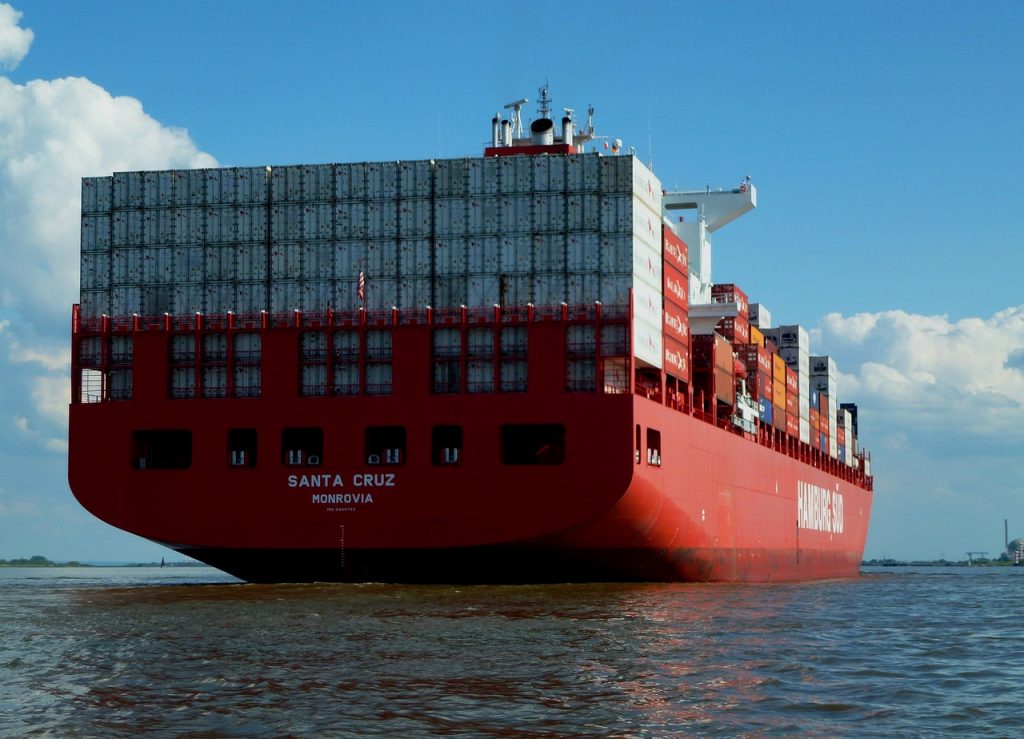
According to the International Chamber of Commerce (ICC), the certificate of origin (COO) is ‘an important international trade document that certifies that goods in a particular export shipment are wholly obtained, produced, manufactured or processed in a particular country. They also serve as a declaration by the exporter.’
In other words, the COO identifies the country where the good was produced. This document is prepared by the exporter/manufacturer and must be certified by a government authority such as the chamber of commerce or consulate to be valid.
The certificate of origin is needed to clear customs and it determines the amount of duties and taxes that need to be paid. It also helps to identify if taxes are exempted in cases where the exporting and importing countries have special trade agreements.
Typical information such as exporter, consignee, importer, goods description, are required to be filled out on the certificate of origin. For each good being exported, a COO must be produced.
5. Letter of Credit
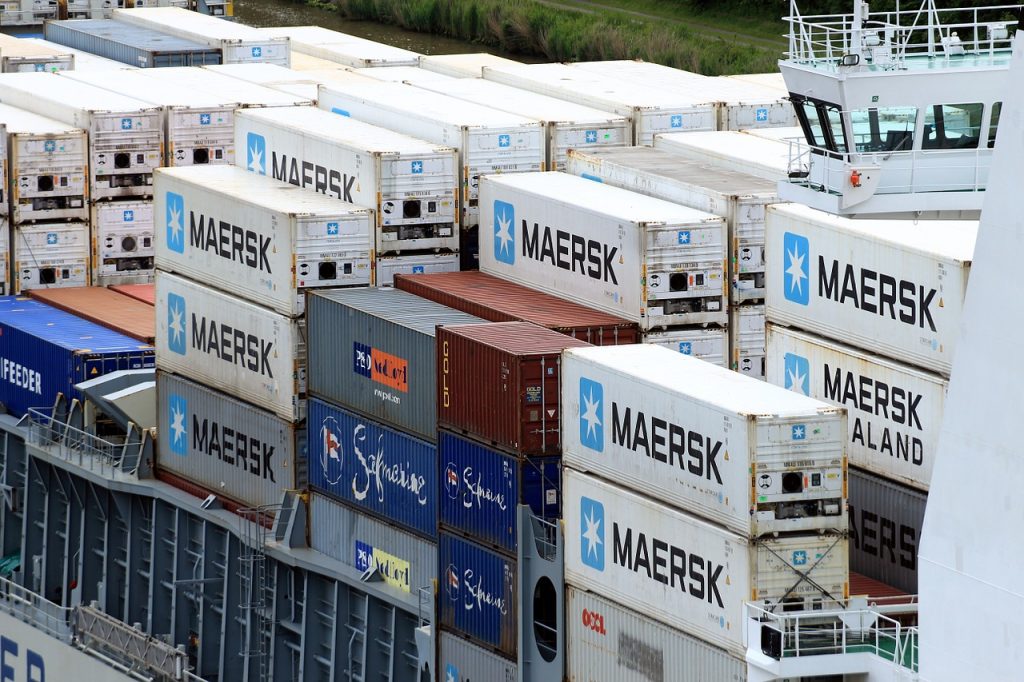
The letter of credit is a formal, binding agreement of payment between buyer and seller. The international purchase process is a long one, given the long delay from the time the seller ships his cargo off to the time it reaches the safe hands of the buyer. This makes it hard to determine when payment should be made, especially if importers are unable to verify the authenticity of the purchase.
This is when a letter of credit comes into play. It’s considered one of the safest payment methods. The importer first draws up a list of terms and conditions, which have to be agreed by both parties.
Once both seller and buyer finalize the terms, the seller begins preparing the cargo according to the conditions. After shipping off the cargo, the seller then goes to his bank with the proper documentation as evidence that the shipment has been prepared and sent according to the terms and conditions agreed upon. His bank will then verify and pay him before requesting reimbursement from the buyer’s bank.
►Source: https://www.icontainers.com/us/2019/02/26/top-5-shipping-documents-all-shippers-should-be-familiar-with/
►Website: https://www.alfrofreight.com
►Contact Us: https://www.alfrofreight.com/contact
►Get Quotes: https://bit.ly/alfroquote

